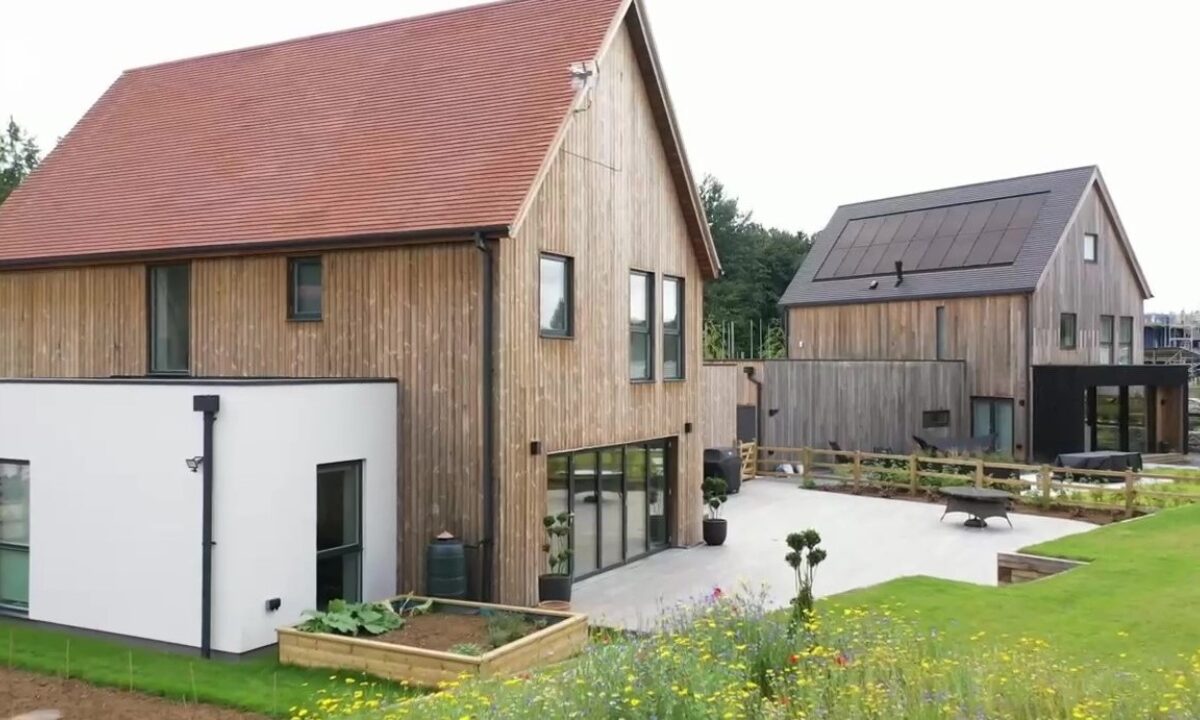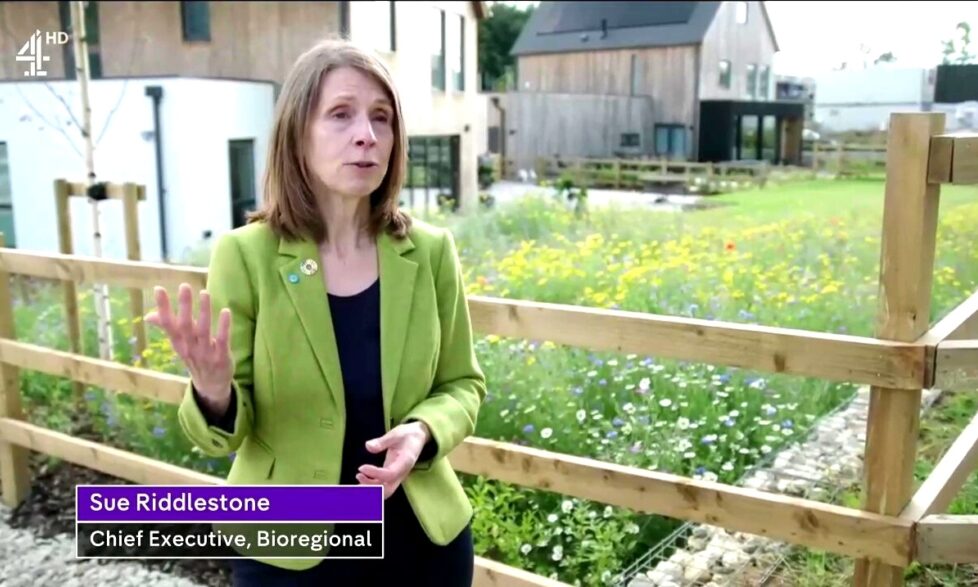Mind the gap – we must ensure new homes are truly energy efficient, on paper and in reality
Energy use in the home accounts for 21% of the UK’s carbon emissions, meaning that improving energy efficiency is vital for the UK to reach its target of net-zero emissions by 2050, as well as alleviating the growing issue of fuel poverty.
But progress is slow. The government’s Future Homes Standard is not due to kick in until 2025, when homes built under the standard will need to emit 75-80% less carbon than those built today.
This means that the gap between what housebuilders are delivering, and what the science tells us we need, is growing. The UK, which has some of the least energy-efficient homes in Europe, already has 28m homes that need retrofitting. Almost every home built between now and 2025 – 300,000 homes a year if government hits its housing targets – will need to be added to this total.
However, some innovative housebuilders are showing the way forward. Speaking on Channel 4 news from Springfield Meadows in Oxfordshire, I joined other industry leaders to reiterate that the solutions to zero-carbon homes already exist, and we just need the political will to scale-up across the country.
There's absolutely no reason why we can't scale this up across the country.
Springfield Meadows, (a Global Leader in One Planet Living®), is a pioneering zero-carbon development, by developer Ssassy and construction partner Greencore. It is built from eco materials such as hemp and lime, and is so well insulated that it can be powered by solar, with any additional need met by a zero-carbon energy tariff.
But this gap isn’t the only one we need to be concerned about. Channel 4’s investigation also highlighted that even when homes are designed to a higher standard, they do not necessarily meet these standards in practice – the so-called ‘performance gap’.
So, what is the energy ‘performance gap’ in buildings?
Building regulations are currently based on the design of a home. The performance gap is the distance between how newbuilds should perform on paper, and how they actually perform in reality. The gap is real, and it is often significant. Our own data tells us that average newly built homes have a 50% gap between predicted and measured performance, underlying the need for better monitoring and enforcement of building regulations, to protect consumers and the planet.
Through four years of hands-on research funded by Innovate UK we found that the performance gap consists of multiple, minor, and frequently occurring issues spread throughout most elements of a building. But tackling these issues individually brings little return on investment, while approaches that try to deal with the whole problem in a single, central workshop rarely get the commitment needed to achieve long-term change.
What’s really frustrating about housing in this country is we have every technical solution to build zero carbon, high quality homes... we could do it tomorrow if the government had the will to do it.
Hugh Ellis, Town and Country Planning Association
The government needs to bring forward the zero-carbon homes standard, it needs to up the standard and it needs to demonstrate that we are really committed to reducing our emissions in the UK
Baroness Julia King, Climate Change Committee






